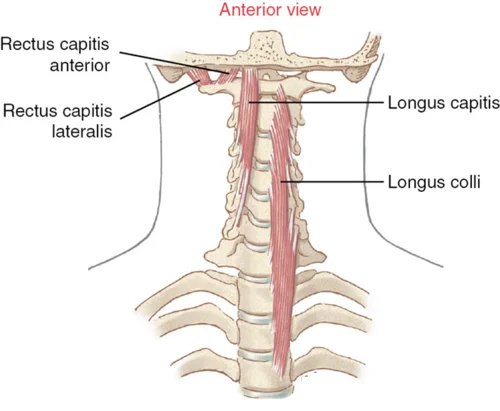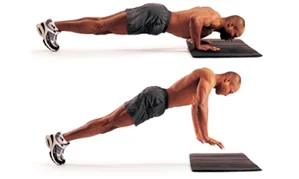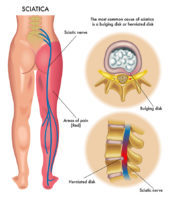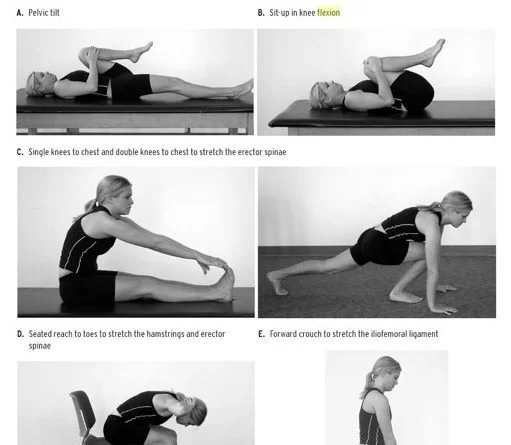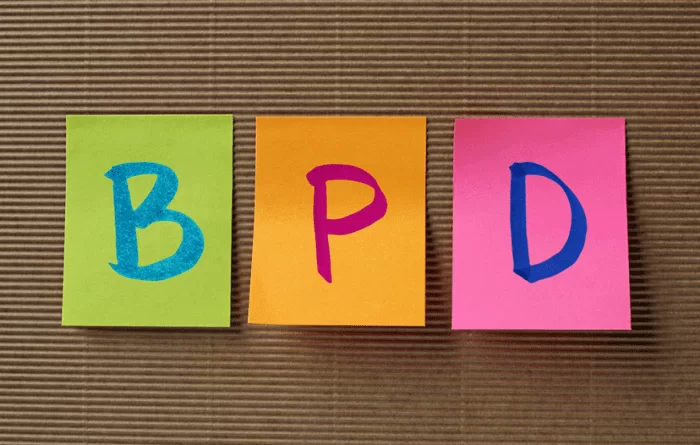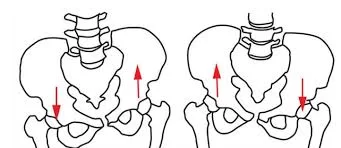Scissor Kick Exercise
Table of Contents
What Are Scissor Kicks?
Scissor kicks are an exercise that strengthens your core and abdominal muscles. According to Arteaga, they are carried out by moving the legs horizontally out and in a crisscross pattern.
“Scissor kicks are performed lying face-up, with the patient’s legs straight and lifted about 45 degrees off the floor. To make the scissor action, drop one leg toward the ground while raising the other, then gently alternate with control.
What Muscles Do Scissor Kicks Work?
This works the abdominal muscles that support the trunk, spine, and pelvis, just as other core workouts do.
- Rectus abdominis
- Obliques Muscle
- Abdominis transverse
Because you’re crossing your legs, scissor kicks also have the extra benefit of strengthening several lower-body muscles:
- Your legs are pushed out to the sides by your hip abductors.
- inner thigh muscle
Additionally, this workout may be an excellent complement to any cardio circuit because it requires consistent movement. You can use your core muscles and maintain an increased heart rate by performing scissor kicks while doing a cardio circuit. By doing this, you avoid wasting time on separate cardio and core workouts.
Benefits of a Scissor Kick
The scissor kick workout strengthens your adductors, quadriceps, glutes, and core muscles. You may “flutter” your legs up and down by using your core muscles. The rectus abdominis, obliques, transverse abdominis, and hip flexors are among the core muscles.
Your core muscles help you transition from a supine to an upright position every time.
For example, getting out of bed. It might be challenging to carry out regular duties if your core muscles are weak, particularly if you don’t have back pain. This is because strong core muscles support appropriate flexion, extension, and rotation, enhance balance, and lessen pain in the back.
Scissor Kick Exercise Video
How to perform a Scissor Kick?
The degree to which you can maintain your form will decide how well you can complete the scissor kick exercise. Because of this, you want your abs to perform the function rather than your lower back.
You may immediately activate your core muscles by using the “scissoring” technique to target the leg muscles. Additionally, your lower body’s ability to execute the “scissoring” action depends on the alignment of your spine through a strong core.
You don’t want to speed through the repetitions because the main goal of this exercise is to engage your core. Slow down, pay attention to the instructions, and keep your form throughout each set and repetition.
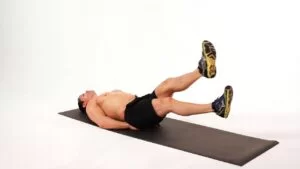
- Look for an easy workout mat. A firm mat with some thickness is what you’ll want.
- Stretch your legs out in front of you while lying on your back on the mat. Put your arms at your sides, palms facing down. Additionally, you may push your palms into the floor while placing your hands behind your buttocks under the small of your back.
- Tuck your pelvis in and press your lower back into the mat to activate your core. For the duration of the movement, stay in this posture.
- Raise both legs off the ground at a 45-degree angle or 6 to 12 inches from the beginning position (in this example, the floor).
- Lift one leg and drop the other toward the floor while maintaining a tight core and a relaxed neck. The “scissoring” action begins at this point.
- For the suggested number of repetitions, carefully move your legs up and down to continue the scissoring action.
- Do two sets of 12–20 reps. One rep is counted for each leg scissoring. Add a third set as you gain strength. You can include scissor kicks into a two-to-three-day-a-week core workout.
Scissor Kick variations
There are easier exercises that use a similar movement pattern if the original scissor kick exercise is too challenging.
- Maintain a lower leg position on the mat. Your lower back may feel less strained as a result. Start this exercise with your feet just hanging over the floor if you feel your lower back arching up away from the mat. Increase the distance between your legs and the floor as you gain strength. Verify that you are not arching your back.
- Replace the scissor kick with a bicycle crunch. The scissor kick and the bicycle crunch have comparable movement patterns.
- Before attempting the scissor kick exercise, try doing a supine bicycle crunch exercise to increase your strength and stamina.
Try one of these variations when you’re ready to intensify the fundamental scissor kick workout.
- Increase the size of the scissoring motion and raise your legs.
- Before moving legs, slow down the kicking motion and hold the upper leg for two to three seconds.
- Light ankle weights should be added.
Tips to do a better Scissor Kick
It’s one thing to see a scissor kick on film, but it’s quite another to do the maneuver correctly. Read these instructions on how to do the scissor kick workout before grabbing an exercise mat and kicking through a few repetitions.
- Throughout the entire exercise, keep your arms still. Your arms provide stability. It is not appropriate to use them as momentum.
- Throughout the whole exercise, maintain a tight and active core. Think spine to belly button.
- Instead of moving quickly and irregularly, maintain a regulated and rhythmic motion.
- Since the scissor kick is a solo exercise, it frequently works better when included in a larger fitness plan. A variety of Pilates exercises, ab and core exercises, and aerobic boot camp-style programs, including the scissor kick.
- Before performing scissor kicks, be sure that you properly warm up because you’re asking the core muscles to go into overtime.
Precautions and safety issues
The scissor kick is an intermediate workout that demands lower-body and core power. Think about changing the exercise if you have neck difficulties, tight hip flexors, or low back pain.
Additionally, you should think about working with a personal trainer or physical therapist if you are new to training and uncertain of how to activate your abdominal muscles.
Try a different workout to strengthen your core muscles if you’re pregnant. The American College of Obstetricians and Gynecologists advises against exercising while lying flat on the floor after the first trimester.
FAQs
What happens if I do scissor kicks every day?
The scissor kick workout strengthens your adductors, quadriceps, glutes, and core muscles. You may “flutter” your legs up and down by using your core muscles. The rectus abdominis, obliques, transverse abdominis, and hip flexors are among the core muscles.
Do scissor kicks slim your thighs?
Your thighs and gluteal (buttock) muscles will be trained and worked with scissor kicks, which will make your thighs smaller. On the mat, lie flat. To support your head, place your palms behind it. Carefully raise your legs while maintaining a straight posture.
How many calories does 1 minute of scissor kicks burn?
For most individuals, flutter kicks burn between 8 and 12 calories per minute, making it a useful calorie-burning activity for fitness and weight management objectives. One of the best core workouts for improving your abdominal muscles and burning calories is the flutter kick.
What are the benefits of scissor kicks?
Scissor kicks strengthen your hips and thighs and provide a cardiovascular boost in along with working almost every muscle in your core, including your attractive six-pack muscles.
Can scissor kicks help lose belly fat?
Scissor kicks help tighten the lower abdominal region by focusing on the lower abs. How to do it: Extend your legs while lying on your back. Start scissoring both legs up and down by lifting them slightly off the ground.
References
- Lindberg, S. (2019, May 1). How to do scissor kicks. Healthline. https://www.healthline.com/health/scissor-kicks#how-to-do-it
- Cnc, A. R. (2022, January 5). Scissor kicks are an advanced ABS move you need to know. Byrdie. https://www.byrdie.com/scissor-kicks-5205436
- Bedosky, L., & Burchette, J. (2024, August 2). How to do scissor kicks for a cut midsection. BODi. https://www.bodi.com/blog/scissor-kicks

